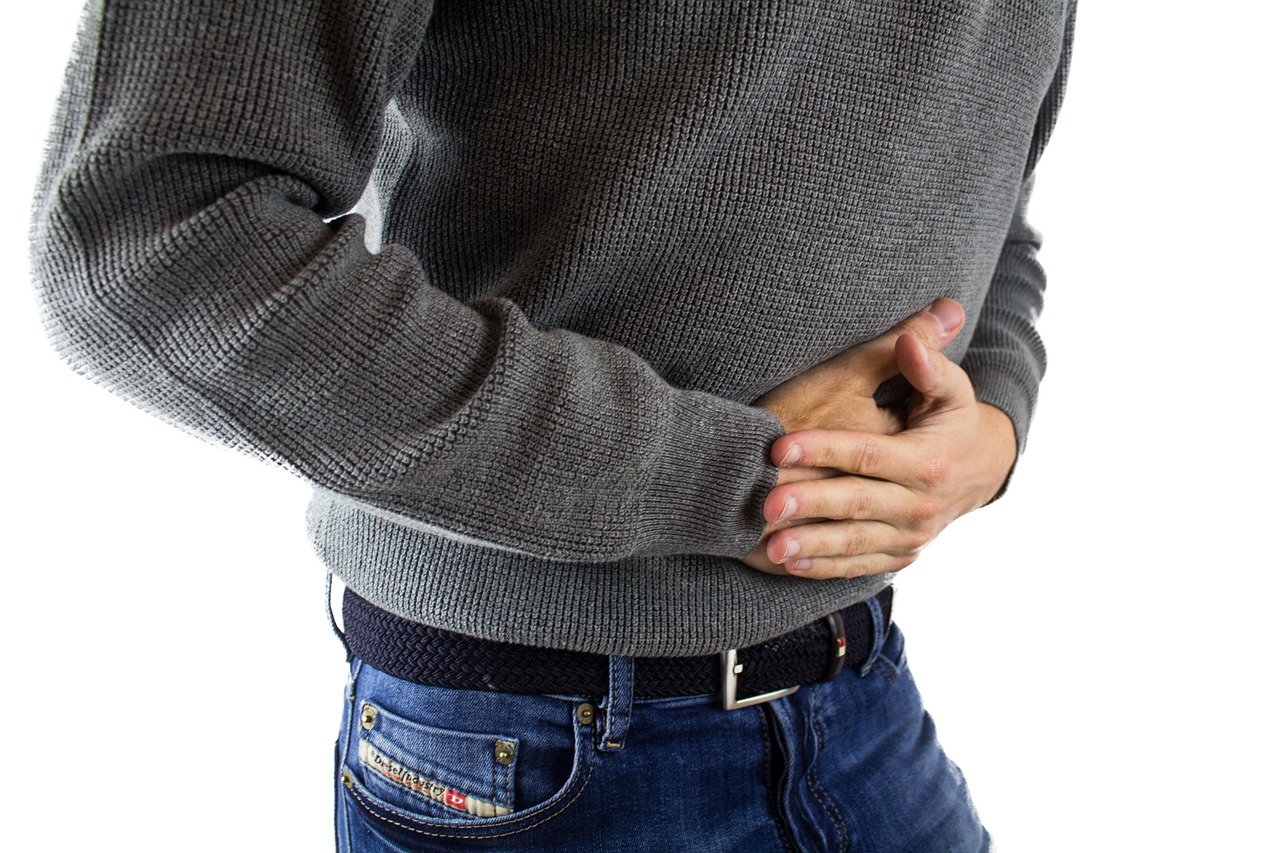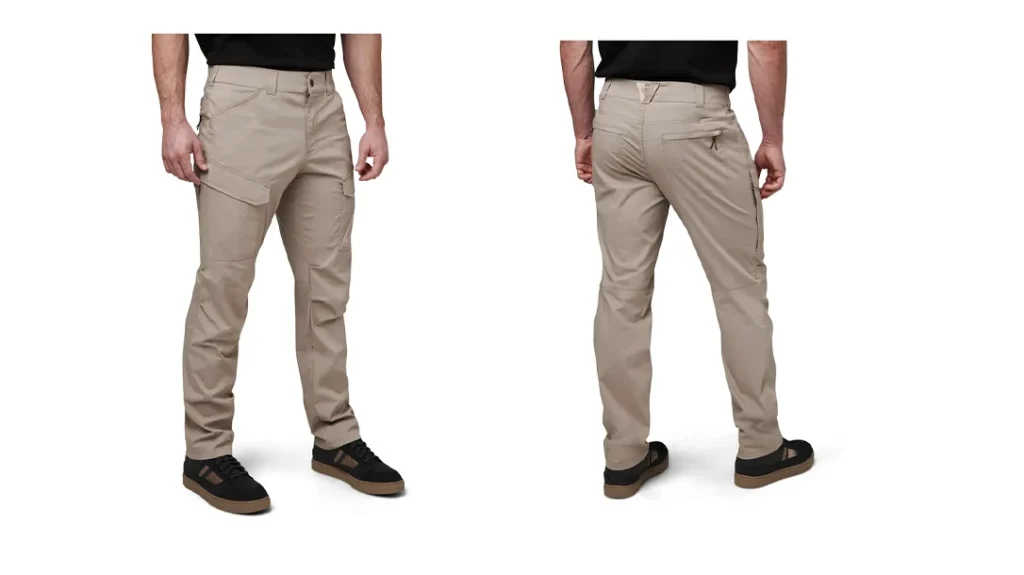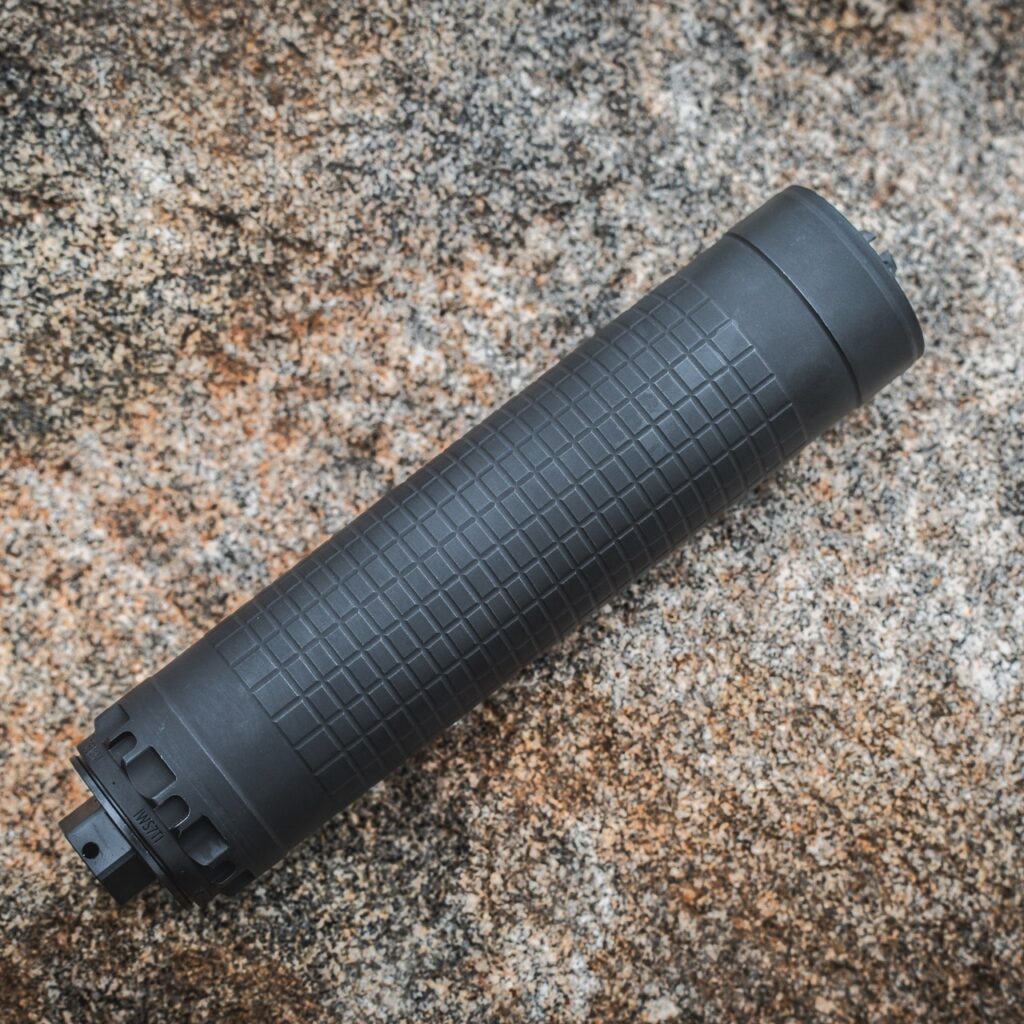Food poisoning can be serious. Salmonella is no joke, and it can really lay you out. Think about it like this. Severe stomach upset isn’t any fun when times are good. Add in non-functioning toilets and a lack of bathing opportunities, and, well, I’m sure you can imagine just how much fun that would be.
This is one area where many people, even seasoned preppers, might falter and not plan for accordingly. Don’t be like them.
How to Avoid Food Poisoning
Hand Wash Station

Advertisement — Continue Reading Below
Keeping hands clean will go a long way toward preventing food poisoning and other issues. This is easy to set up. We used to use one all the time when our kids were little. We wanted a way that they could wash their hands outside before having a snack, so they didn’t track mud and whatever into the house. They could just wash their hands, then sit down at the picnic table and have a quick bite.
Save a liquid laundry detergent bottle, the type that has the built-in spigot. If you don’t use that type of detergent, ask neighbors or a family member if they can save one for you. Rinse it out, then fill it with water. Set it up with a bucket under the spigot to catch runoff. Use the spigot to get each hand wet, lather them up, then rinse.
Hand Sanitizer
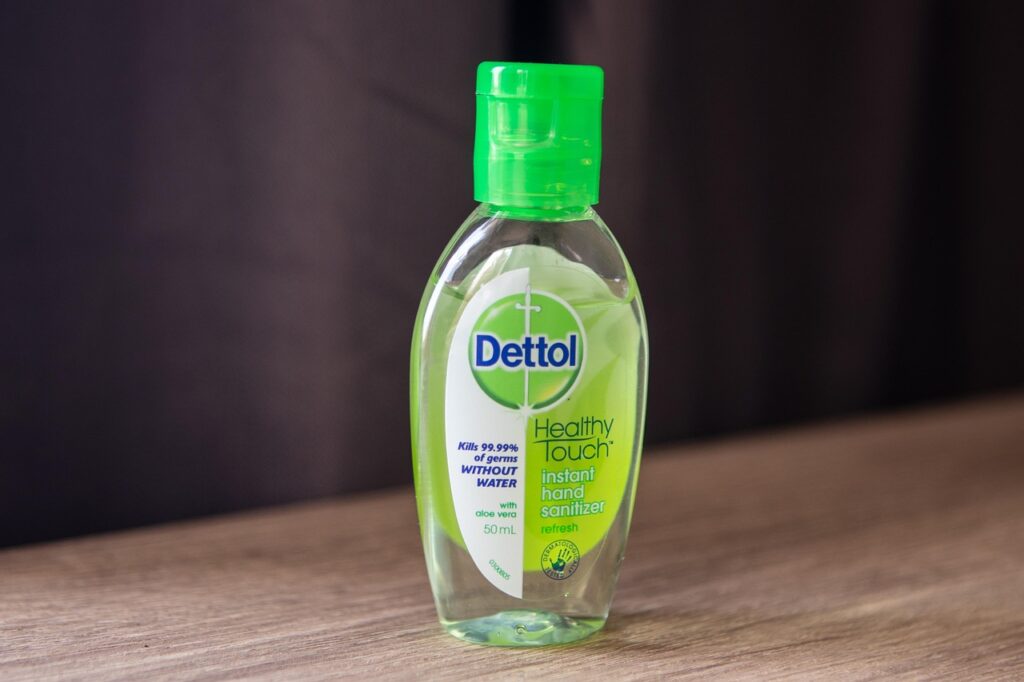
Advertisement — Continue Reading Below
In this post-COVID age, many of us are sick to death of seeing hand sanitizer seemingly everywhere we go. But it does work on salmonella, as well as other microscopic critters that can make us sick. Read the label and make sure the product is at least 60% alcohol. Keep a bottle in the kitchen to use when preparing food, as well as one in or near the bathroom facilities, to avoid food poisoning and similar issues.
Food Safety
Food in the refrigerator should be safe for about four hours. After that, things start to turn. The freezer should be good for about 24-48 hours. Both of these time frames are dependent upon how full the appliances are at the time of the power outage. The fuller they are, the better, as the food helps to insulate and keep things cool. Covering them with blankets can also help insulate them during power outages.
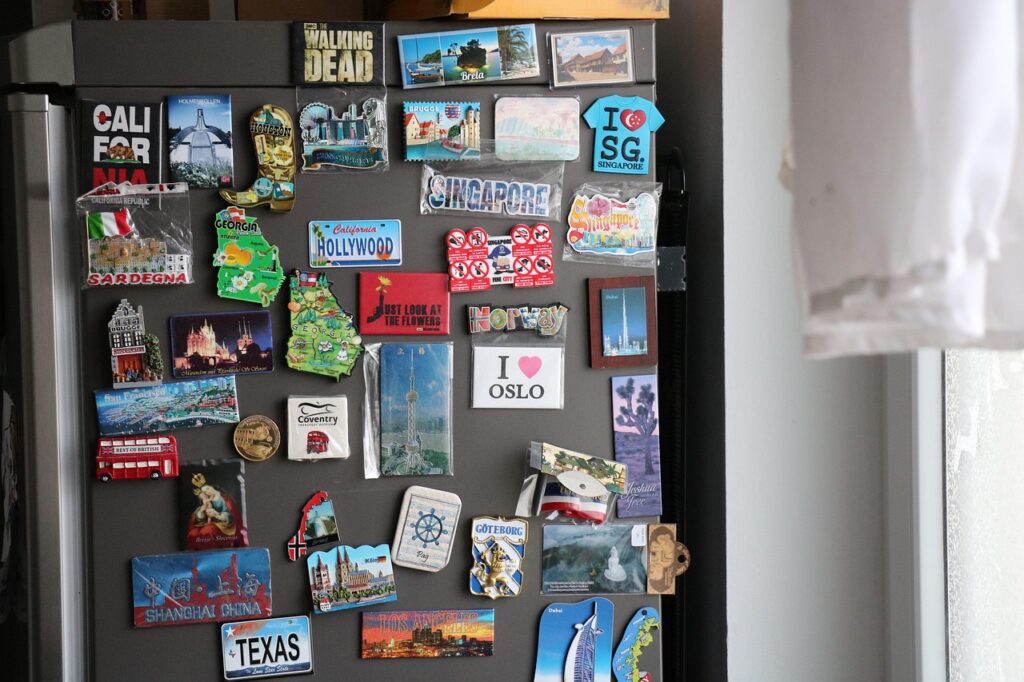
Advertisement — Continue Reading Below
One thing you can do to help extend those time frames is to fill 2L bottles with water, leaving two inches of head space, and then toss them into the freezer. They’ll help the appliance run more efficiently during normal times, plus keep things colder longer if the power goes out. As a bonus, it’s a nice way to keep some potable water on hand without taking up extra space.
If it’s winter, don’t just put food outside to keep it cold. A better option is to use the cold to make ice, then put the ice into a cooler with the food you’re trying to protect. This provides a more stable temperature. Plus, you don’t have to worry about animals finding your food outside.
Add a food thermometer to your prep stash and use it to make sure all meat and poultry are cooked to a safe internal temperature before consuming them. Properly cooked meals will lessen the risk of food poisoning.
Advertisement — Continue Reading Below
